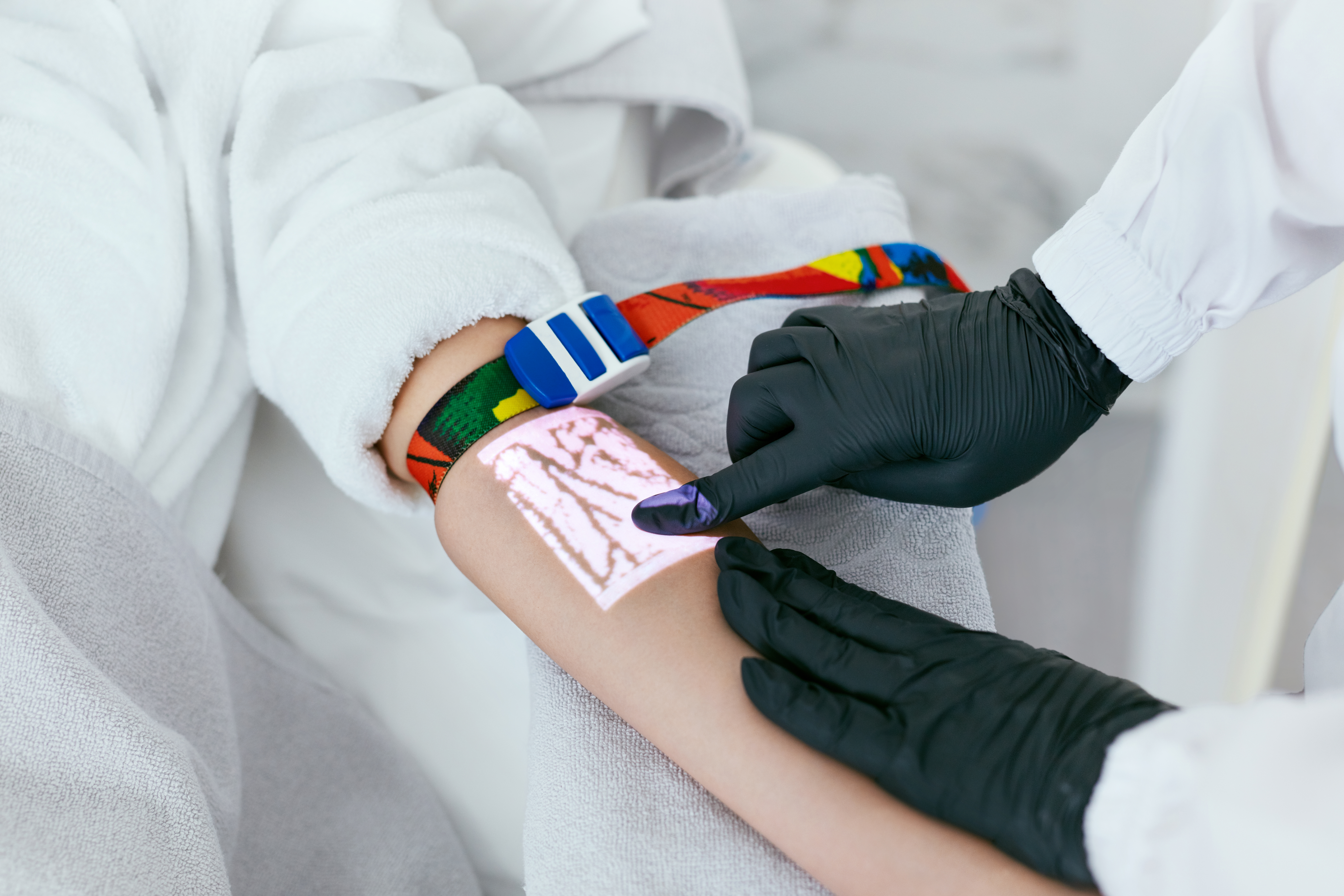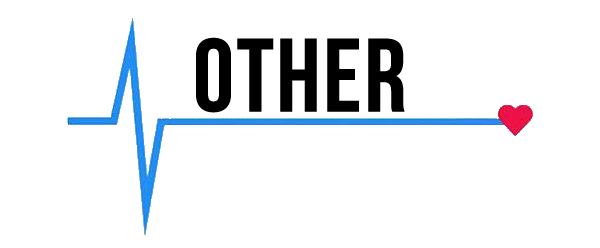Throughout the body, your heart pumps blood that’s rich with nutrients and oxygen — something you’ll learn about when receiving treatment for poor circulation in hands and feet. Your health and mobility are maintained as a result.
There are, however, a number of reasons blood circulation problems can occur and progress further, including Deep Vein Thrombosis (DVT), Peripheral Artery Disease (PAD), weight gain, and aging. Your hands and feet may not get the nutrients they need when your circulation isn’t working properly.
Edema and Treatment for Poor Circulation in Hands and Feet
The medical term for swelling is “edema,” where inflammation or injury can cause body parts to swell and force you to explore treatment for poor circulation in hands and feet. The condition can affect a small area or the entire body. Edema can be caused by medications, pregnancy, infections, and many other medical conditions.
Symptoms of edema are fluid leaks into nearby tissues by small blood vessels. As a result, the tissue swells due to the extra fluid. There are many places in the body where this type of blood circulation problems may occur.
A person with peripheral edema usually suffers from swelling in their legs, feet, and ankles, but it can also affect their arms. There may be an issue with your circulatory system, lymph nodes, or kidneys causing this. In pedal edema, fluid gathers in your lower legs, causing blood flow issues in feet. Pregnant women or older individuals are more likely to suffer from it. You may have less feeling in your feet, which can make it harder to move around.
Some Other Forms of Edema
Lymphedema, which causes swelling in your arms and legs, is most often caused by damage to your lymph nodes, which help filter germs and waste from your body. Cancer treatments such as surgery and radiation may cause the damage. Lymph nodes can also be blocked by cancer and lead to fluid buildup.
Pulmonary edema occurs when fluid accumulates in the air sacs in your lungs. You have trouble breathing when you lie down because of that. You may feel suffocated, have a fast heartbeat, and cough up foamy spittle, sometimes with blood. Immediately call 911 if this incident occurs suddenly.
Fluid accumulation in the brain causes cerebral edema, which is a very serious condition. A blood vessel can get blocked or burst if you hit your head hard, or you can get an allergic reaction or have a tumor.
In macula edema, fluid builds up in the center of the retina, which is the light-sensitive tissue at the back of the eye. Fluid leaks into the retina when blood vessels are damaged.
Although edema has complex causes and symptoms, it can profoundly impact a person’s life and should be taken seriously as a result. Blood circulation therapy offered by a pain management specialist is oftentimes the only solution.
Severe Tingling in Hands and Feet: Episodic or Chronic
Another common and bothersome symptom is tingling hands or feet, which usually all but beckons one to look into a diagnosis and proper treatment for poor circulation in hands and feet. There’s a possibility such tingling is benign and temporary; it all just depends on the patient and his or her circumstance.
Your arm may be crooked under your head as you fall asleep, putting pressure on your nerves. Crossing your legs too long may put pressure on nerves. Once you remove the pressure that caused the “pins and needles” effect, the painful sensation will leave you. Sometimes specialists can uncover blood circulation problems this way.
However, in many cases, tingling in the hands or feet (or both) can be severe, episodic, or even chronic — meaning circulation problems in hands and feet are also on the horizon for those who are suffering. Aside from pain and itching, it may also cause numbness and muscle weakness. There are many causes of tingling, including traumatic injuries, repetitive stress injuries, bacterial or viral infections, toxic exposures, and systemic diseases such as diabetes.
Often affecting the hands and feet, peripheral neuropathy affects nerves that are distant from the brain and spinal cord. Peripheral neuropathy comes in more than 100 forms. Eventually, the condition can worsen, reducing your mobility and even making you disabled. Peripheral neuropathy affects tens of millions of American adults every year.
Symptoms and causes of tingling in the hands and feet shouldn’t be ignored, as they can indicate something deeper is happening.
Blood Clots and Treatment for Poor Circulation in Hands and Feet
In a sense, your blood’s circulation must shut off quickly to prevent spills, after a cut or injury. You’ll learn all about this when you go in for your first treatment for poor circulation in hands and feet. It’s a seemingly impossible job for your circulatory system, but your body takes care of business immediately.
These blood clots become useful when they stop bleeding. However, in extreme cases, they can also cause big problems. They can lead to issues like heart attacks and strokes. Several chemical interactions govern the life cycle of a normal blood clot:
- When its growth is stopped by reactions. As a result, extra clotting factor proteins are offset by other proteins, which prevents the clot from spreading further than it needs to.
- When clots grow. Clotting factors in your blood cause a chain reaction when they signal each other. Dissolved substances in your blood then form fibrin strands. Platelets and cells tangle themselves in this net and form a sort of plug. There is an increase in the toughness and durability of the clot.
- When (slowly) your body breaks it down. The clot becomes unnecessary as the damaged tissue heals. Platelets and cells of the clot are taken back by your blood after the fibrin strands dissolve.
- When a plug is formed by platelets. When a blood vessel is damaged, triggers are released in your blood that turn on tiny bits called “platelets.” To stop blood from leaking out, they stick together and change shape to form a plug that fills in the broken part. A platelet’s activation also releases chemicals that attract more platelets and other cells.
Symptoms of blood flow issues in feet, which can also cause blood clots, indicate your circulatory system needs immediate treatment.
What Does Healthy Blood Circulation Look Like?
To function efficiently, your body requires a steady flow of oxygen and nutrient-rich blood — especially if you never want to find yourself researching treatment for poor circulation in hands and feet. We’ll get into this more, but problems with the heart, arteries, or veins can affect the circulatory system. These factors can cause symptoms like pain, numbness, or cold extremities.
Obesity, diabetes, high blood pressure, and heart disease all affect the circulatory system, resulting in blood circulation problems.
The body’s organs, muscles, and cells require proper circulation to function properly. A vast network of blood vessels carries oxygen-rich blood throughout the body via arteries, veins, and capillaries from the heart, which is at the center of the circulatory system.
Essentially, the heart distributes blood throughout the body, and your veins return blood to the heart. Upon dispensing oxygen to body tissues and cells, blood returns to the heart to be pumped to the lungs for reoxygenation.
A number of factors can impact how efficiently your heart pumps blood through your body. For example, problems with the heart itself, arteries, or veins can all affect the circulatory system. A blockage, damage to arteries or valves, or problems with the squeeze function of the heart can restrict blood flow and prevent blood from reaching organs, resulting in poor circulation and related health problems.
Blood flow can also be affected by some inflammatory processes. An overproduction of white blood cells during chronic inflammation can cause swelling that leads to plaque buildup and/or fatty deposits on artery walls. Vascular and arterial walls can be microdamaged by this buildup.
Some Factors That Affect Blood Flow
There are several factors that can contribute to circulation problems in hands and feet, including:
- The condition of varicose veins. Varicose or bulging veins are usually caused by high blood pressure damaging or weakening the veins.
- Being overweight or obese. According to research, obesity contributes to Alzheimer’s disease and vascular dementia (a condition causing changes in thinking and memory that can be similar to Alzheimer’s disease and caused by damage to blood vessels in the brain). High blood pressure is also associated with obesity.
- Diabetes. Blood vessels and nerves that control the heart can be damaged by high blood sugar levels over time. Diabetes can reduce the elasticity of artery walls directly through its effects on the mechanisms inside. Blood circulation therapy is especially advised in this case.
- Atherosclerosis. Atherosclerosis, or hardening of the arteries, often causes poor circulation to the heart, brain, and limbs. Plaque (cholesterol and other fatty substances and waste products) build up on arterial walls, making them thicker and stiffer, which restricts the flow of blood and oxygen to organs.
- Hypertension. Especially in the United States, high blood pressure contributes greatly to health problems related to poor circulation. According to the American Heart Association, high blood pressure, along with smoking, helped reduce life expectancy in the United States between 1990 and 2019. Remember that treatment for poor circulation in hands and feet is a great solution to look into.
In addition, aging naturally increases the size of the heart’s tissues and stiffens its arteries. In older people, dysfunctions in the linings of the heart and blood vessels become more prevalent, which can lead to even more blood circulation problems and sometimes heart disease.
Wellness and Pain Can Help
A range of treatment for poor circulation in hands and feet is available at Wellness and Pain. We offer conservative treatments, routine visits, and minimally invasive quick-recovery procedures. We can keep you free of problems by providing lifestyle education and home care advice to help you avoid and manage issues, quickly relieving the inhibiting lifestyle conditions when complications arise.
At Wellness and pain, we personalize patient care plans based on each patient’s condition and unique circumstances to relieve pain, improve mobility and mental space, and improve your overall health.











